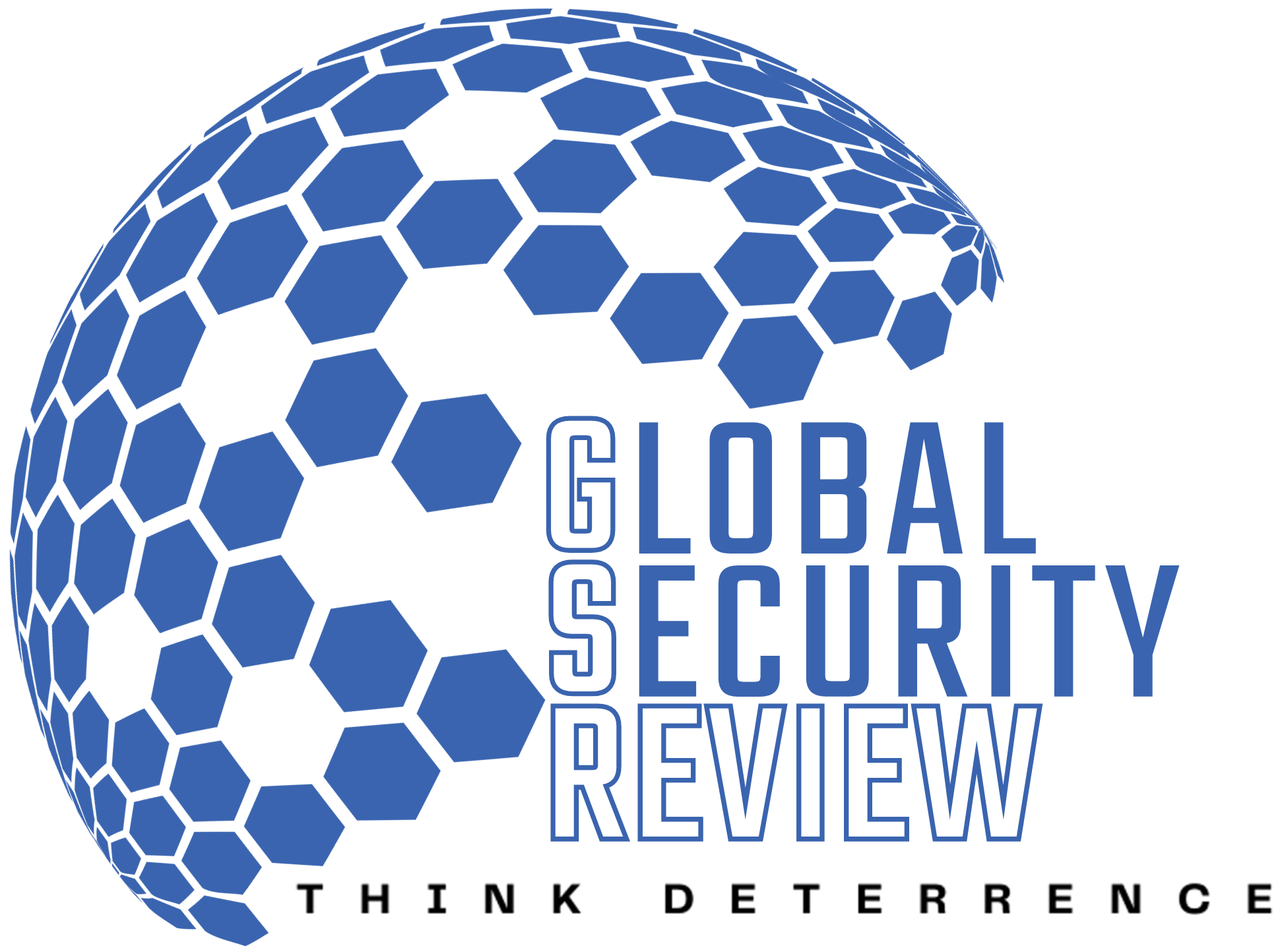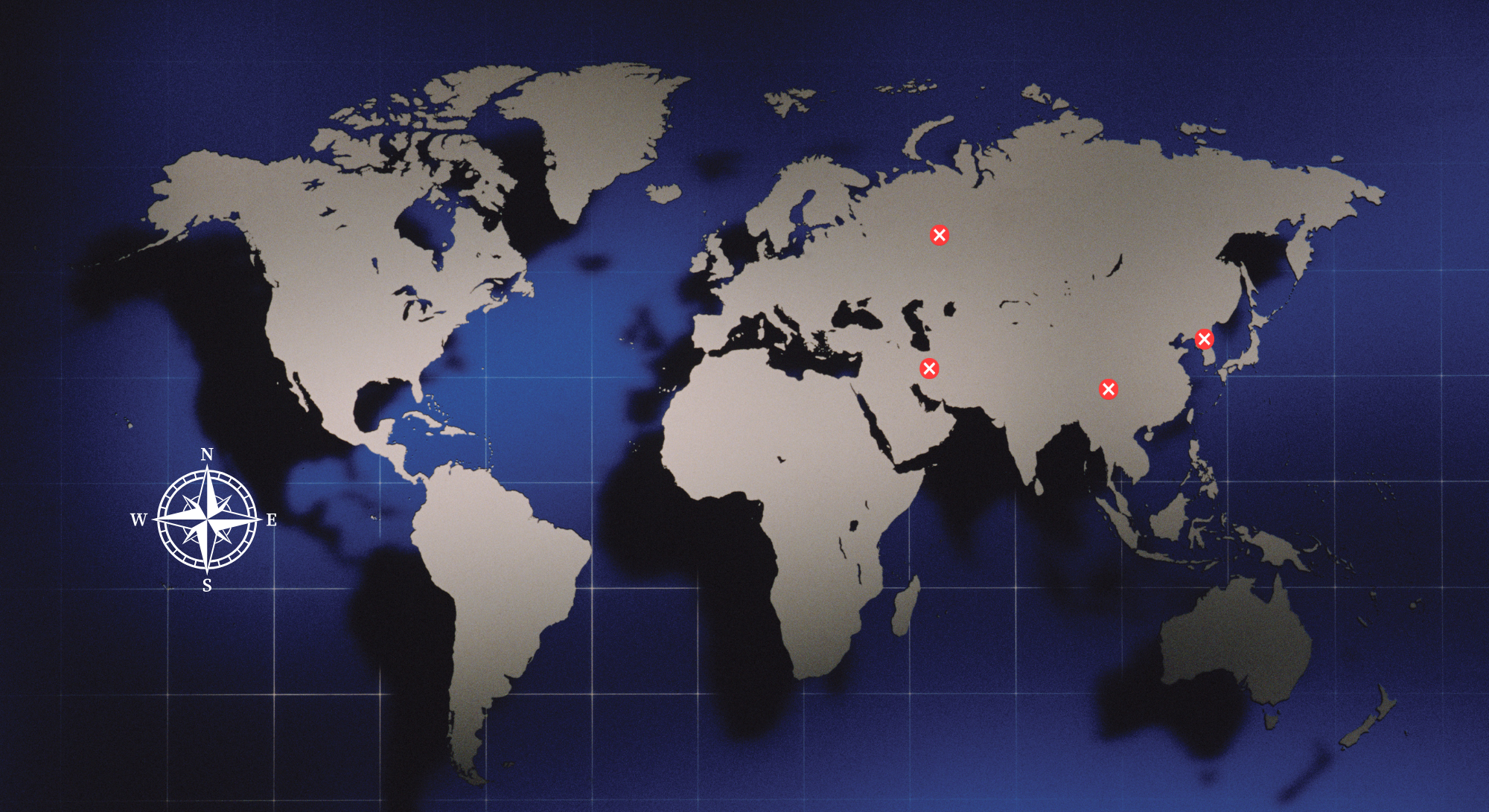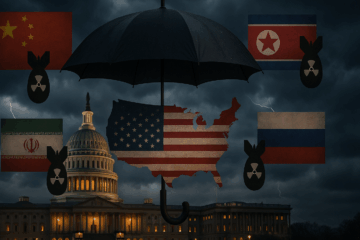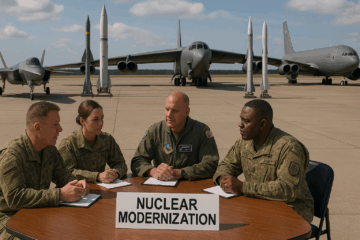By wielding his rhetorical skills and executive powers to revive America’s political and economic institutions, President Franklin Roosevelt (FDR) transformed the first 100 days of a president’s administration into a benchmark of success for presidents that followed. President Donald Trump used the first hundred days of his second term to great effect—though not to revive a key institution, but rather to dismantle it.
Since January 20, Trump administration officials have announced an end to US participation in NATO military exercises; floated plans to relinquish NATO’s Supreme Allied Commander post (held by an American since NATO’s founding); proposed withdrawing 10,000 troops from Eastern Europe; threatened the sovereignty of NATO ally Canada; raised the prospect of using force to seize Greenland (a territory of NATO ally Denmark); derided “freeloading” Europeans; said of Vladimir Putin that America “should take him at his word”; torpedoed NATO’s unanimous declaration to “never recognize Russia’s illegal annexations of Ukrainian territory, including Crimea”; and suggested America’s NATO allies would not “come and protect us” in a time of crisis. This follows Trump’s 2024 invitation to Putin’s henchmen to “do whatever the hell they want” to allies failing to meet NATO’s defense-spending requirements; 2018 threat to withdraw from NATO; and a 2016 declaration that he would defend NATO members under attack only if they had “fulfilled their obligations to us.” Add it all up, and Trump’s view of NATO diverges dramatically from that of what was once known as the “Grand Old Party.”
For instance, as he took the reins as NATO’s first military commander, General Dwight Eisenhower—a future Republican president—called NATO “the last remaining chance for the survival of Western civilization.” President Richard Nixon viewed NATO as “a moral force.” President Gerald Ford believed NATO “protected the free world from the threat of aggression.”
President George H. W. Bush called NATO “an insurance policy.” Indeed, for America, NATO insures against the worst scenario: another European conflict triggering another global war. For the rest of NATO, the alliance is a security guarantee backed by the United States. Without that guarantee, there is no security in Europe, as history has a way of reminding those on the outside looking in, from Cold War Hungary to post–Cold War Ukraine.
President George W. Bush called NATO “the essential foundation of transatlantic security.” This essay did not forget President Ronald Reagan. However, many of those who claim Reagan’s mantle forget that he was an unwavering NATO advocate—during and after the Cold War. Rather than dismissing NATO as “obsolete,” Reagan called NATO “the core of America’s foreign policy and of America’s own security.” Rather than alarming NATO allies, Reagan reassured them by echoing the words of the North Atlantic Treaty: “If you are threatened, we’re threatened…. An attack on you is an attack on us.”
Rather than distorting NATO into a transactional protection racket, Reagan championed NATO as a “community of democratic states” and “a bond which has served us so well.”
Reagan never questioned NATO’s relevance, never browbeat NATO laggards, never threatened withdrawing from NATO, and never raised doubts about America’s commitment to NATO. Instead, Reagan championed NATO as “an antidote to chaos,” “a living commitment of the nations of the West to the defense of democracy and individual liberty.”
Importantly, Reagan did not think NATO’s mission was over when the Berlin Wall fell. In fact, he endorsed NATO’s continued growth. “Room must be made in NATO for the democracies of Central and Eastern Europe,” he declared after the Cold War thawed. And even after Moscow began walking the path of reform, Reagan cautioned, “We cannot afford to forget that we are dealing with a political system, a political culture and a political history going back many decades, even centuries…. We must stick with the strategy of strength.” In short, Reagan shrewdly saw NATO as a hedge against a Russia that might revert to revanchism—which is exactly what has happened.
Putin’s Russia violated nuclear treaties, conventional-weapons treaties, and its own pledge to “respect the independence…sovereignty and existing borders of Ukraine”; warned NATO member Poland that its western territories were “a gift from Stalin”; dismembered NATO aspirants Georgia and Ukraine; countenanced and/or conducted cyberattacks against American energy infrastructure; interfered in elections throughout NATO’s membership roster; conducted sabotage operations across NATO’s footprint (including American targets); threatened use of nuclear weapons; aided and funded attacks against American forces; provided targeting data to support Houthi attacks against allied ships; and made “massive investments in its defense sector” (according to Trump’s own intelligence officials). In light of all of that—and the Kremlin’s long history of deceit—Reagan would never “take Putin at his word.”
GOP presidents, and their democrat counterparts, supported NATO because they recognized that NATO serves America’s interests. For 40 years, NATO helped deter Moscow and prevent the Cold War from turning hot. But that is just a fraction of how NATO has served America’s interests.
Thirteen current NATO allies deployed troops to assist America in defending South Korea. NATO militaries, infrastructure, and decades of interoperability served as the nucleus for the coalition that ejected Iraq from Kuwait, with NATO allies deploying thousands of troops to assist America.
The only time NATO’s all-for-one collective-defense clause was invoked was after September 11, 2001, when NATO allies rushed aircraft and personnel to this side of the Atlantic to guard America’s skies. NATO then bled with America in the Sisyphean campaign that followed, with 455 Brits, 158 Canadians, 86 French, 54 Germans, 48 Italians, 43 Danes, and 40 Poles dying in Afghanistan. When America withdrew from Afghanistan—20 years after the attacks on America’s capital, America’s military headquarters, America’s largest city—74 percent of the foreign troops deployed in the country that spawned 9/11 were not Americans. The vast majority were NATO allies. Trump is apparently unaware of this history.
In Operation Iraqi Freedom, 16 NATO allies sent troops when America asked for help. Hundreds of NATO troops—Brits, Italians, Poles, Bulgarians, Latvians, Danes, Dutch, Romanians, Hungarians, Czechs—died in Iraq, as did 18 soldiers from Ukraine, a country that is not a NATO ally but certainly acts like one.
In the post Iraqi freedom years, seven NATO members conducted airstrikes against the ISIS caliphate. Again, NATO was there.
Far from “freeloading,” NATO allies Britain, Canada, France, Italy, the Netherlands, Norway, and Spain are supporting operations in the Red Sea. Likewise, British, French, Italian, Spanish, and Canadian assets are promoting freedom of navigation in the Indo-Pacific.
European nations sent more aid to Ukraine than the US. Britain and France are organizing a peacekeeping force for postwar Ukraine.
NATO has eight battlegroups defending its most at-risk members along the eastern flank. Only one is American-led.
Britain leads the battlegroup in Estonia, supported by Denmark, France, and Iceland. Britain is committing resources to defend NATO’s northern flank. And the aircraft carrier HMS Prince of Wales just commenced a globe-spanning mission—the largest deployment of British naval airpower in a quarter-century.
Germany leads the battlegroup in Lithuania, backed by Belgium, Czechia, Iceland, Luxembourg, the Netherlands, and Norway. Germany is building permanent bases in Lithuania for 4,800 German troops. Germany is spearheading a continentwide missile shield. And Germany’s parliament recently approved a massive defense-infrastructure fund.
Canada leads the battlegroup in Latvia, supported by 10 other NATO allies. France leads NATO’s battlegroup in Romania. Pouring almost 5 percent of GDP into defense, Poland fields NATO’s third-largest military. Sweden is quadrupling production of anti-tank weapons.
What NATO is doing and deterring underscores something General James Mattis observed almost a decade ago, “If we did not have NATO today, we would need to create it.”
This begs the questions: what if we did not have NATO? What if these first hundred days mark the last days of history’s greatest alliance for peace?
NATO is designed not to wage war, but to deter war. If there is any doubt about NATO’s collective-defense guarantee—and these first hundred days have created enormous doubts—Putin could be tempted to do in the Baltics what he has done in Ukraine. That would force NATO to blink or fire back. And that would lead to terrible outcomes. The former means the collapse of NATO—and with it, the entire US-led alliance system. The latter means great power war.
The best way to prevent such dire outcomes is through deterrent military strength, clarity of intent, and certainty of cause and effect. Trump’s words and actions have undermined all of these.
What the transactional Trump administration fails to recognize is that by undermining NATO, it is undermining America’s security. If a cyberattack or EMP blast or bioweapon paralyzes America; if ISIS or al Qaeda or some other terror group unleashes something worse than 9/11 or 10/7; if Moscow blinds America’s constellation of satellites; if Beijing moves against Taiwan; or if Pyongyang restarts the long-paused Korean War, America will call for help.
A post-NATO Europe may be unable or unwilling to answer.
Alan Dowd leads the Sagamore Institute Center for America’s Purpose.
About the Author
Alan Dowd
Alan Dowd leads the Sagamore Institute Center for America’s Purpose.





Powerful, clear, and long overdue. Thank you, Alan Dowd, for this compelling reminder.
This is more than a history lesson—it’s a wake-up call. The timeline of NATO support—from Korea to Kosovo, Afghanistan to the Red Sea—makes one thing indisputable: NATO has shown up for America time and again, especially after 9/11.
Article 5 wasn’t just words on paper. It was Canadian pilots patrolling U.S. skies. British and German troops fighting and dying alongside ours in Afghanistan. Allies deploying when we called.
Now, with Europe rearming and confronting 21st-century threats, the question isn’t “Are they doing enough?” It’s “Are we honoring their sacrifices and trust?”
America’s leadership in NATO should reflect gratitude, strength, and strategic foresight—not threats, withdrawal talk, or transactional ultimatums.
Reagan got it right: “An attack on you is an attack on us.”
Let’s not forget who echoed that back to us when we needed it most.
#NATO #NationalSecurity #Article5 #TransatlanticAlliance #AlliesMatter #StrategicLeadership